The holidays are finally upon us!
Sure, everyone across the world celebrates this season differently, if at all. In places like Japan and South Korea, Christmas day is a lot like Valentine’s Day, seen as a romantic day for couples, while in the Philippines, December 25th is arguably the biggest day in the Catholic-majority country.
Videos by VICE
But wherever in the world you are, and regardless of its significance in your hometown, the holidays mean one thing: FOOD!
It’s a season to stuff our faces and eat too much that we can’t move, and obviously an excuse to drink (as if we needed another one).
We looked at how differently dinner tables look across Asia-Pacific over the holiday season, and what food people bond over. Which meal would you like to sit in on?
Goa, India


Like most things in India’s party capital, Goa’s Christmas is just another excuse to turn up and get your drank on with a handful of your closest friends and family. And while this is when the state experiences its peak tourism season, this is also probably the merriest place in India to get the festive feel—with tinsel-filled streets, carolers going door-to-door, and giant cribs put out for public display. This is mostly because up until 1961, Goa was a Portuguese colony, and hence, entrenched with Western traditions.

This strong influence especially carries on to the local cuisine, with many Goan dishes adapting the typical European style, but adding a zesty, flavourful twist of spices available in the state. Pork dishes like suckling pig and sorpotel—a spicy Goan stew typically eaten with Sana, a type of rice cake fermented in toddy liquor—make for a combination that is an indispensable part of every Christmas spread. It’s seen in the photos here laid out by O Pedro, a Mumbai restaurant that shines a spotlight on Goa’s myriad food traditions.

Goans also make roast chicken or duck, and often dip their dishes in traditional masalas (flavours) like cafreal and vindaloo, both of which were originally inspired by the Mozambique soldiers who would guard the colony in the yesteryears. Besides the typical Christmas plum cake, the jaggery-jammed goodness of bebinca, and a variety of other flaky pastry-based sweets, Goans also like to shake things up with a rum-soaked pudding, usually one they can be set ablaze with a flambe to flex for their guests. This is all washed down with chugs of cinnamon-spiced eggnog, mulled wine and an array of rum-based Christmas cocktails to choose from. —Shamani Joshi, India Writer
Manila, Philippines
In the Philippines, Christmas dinner is an hours-long affair. Festivities usually start early on the Eve. After a traditional evening mass at the neighbourhood church, families get together at home to eat and drink, taking breaks for animated karaoke performances.

The spread includes food typically bought from roadside stalls like the puto bumbong, a sticky, bright purple rice cake steamed in bamboo tubes and wrapped with banana leaves. It’s good on its own, but a pat of butter and a sprinkling of shredded coconut brings it to another level. Puto bumbong is usually sold outside churches alongside bibingka, a round rice cake topped with salted egg, white cheese, and more shredded coconut.

But that’s just the pre-game. The formal Christmas dinner called “noche buena” happens at midnight and usually includes ham, a local variety of Edam known as queso de bola, roast chicken, or, if you’re fancy, lechon — a whole-roasted suckling pig.

A night cap comes in the form of hot chocolate, which can either be paired with the local bread roll pan de sal or glutinous rice called suman. – Therese Reyes, Asia Editor
Tokyo, Japan
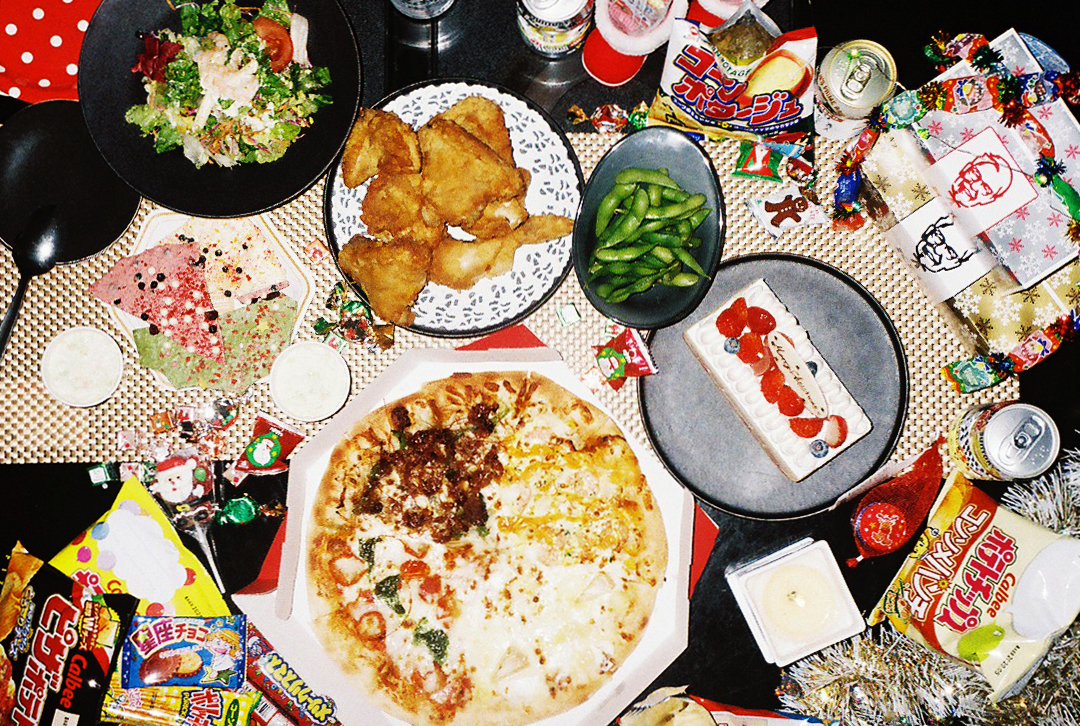
While most Japanese believe in Shinto or Buddhism, there’s still some holiday spirit in Japan come December – albeit quite different from other countries. Here, Christmas Eve is traditionally seen as a romantic date night for couples. But even that is changing, with the younger generation often treating it as a normal weekday – in fact, most Japanese companies are open for business as usual on Christmas. It’s usually a busy time work-wise before the end of the year, but some do find time to feast with friends and family.
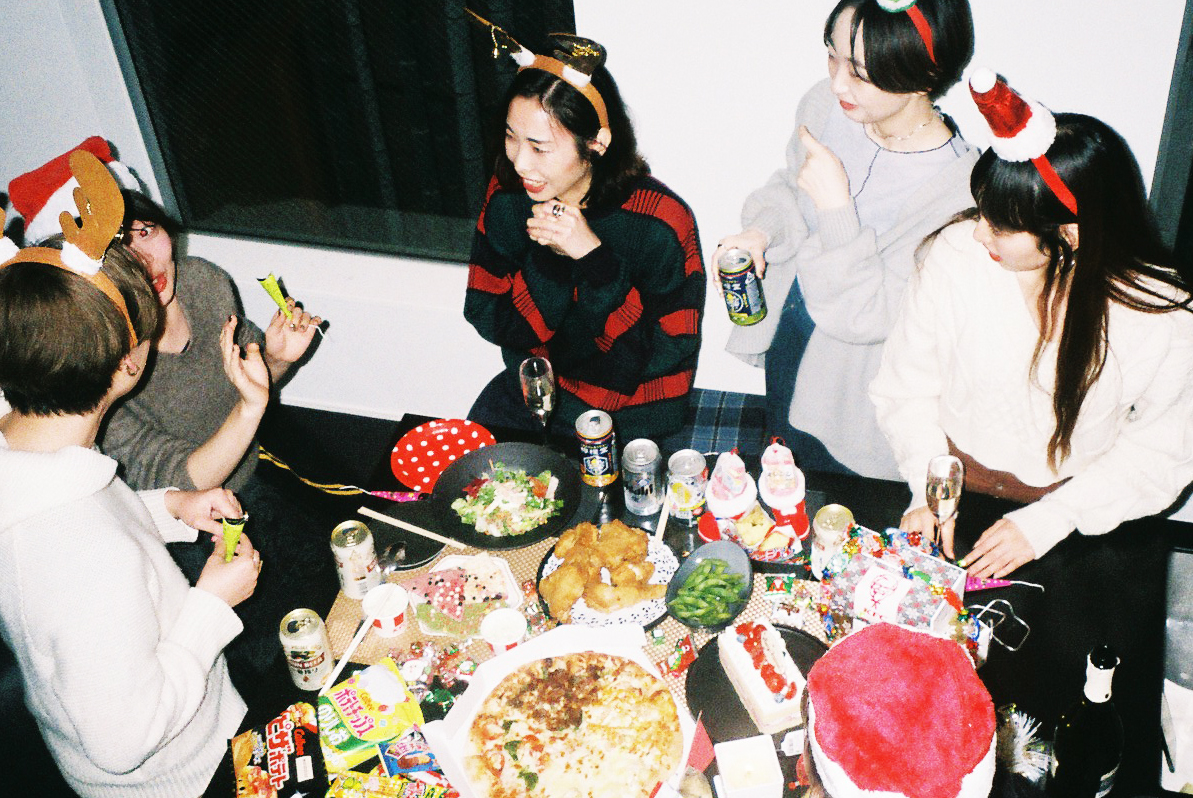
And what do they eat when they do? It’s not quite a turkey, not roast chicken even. It’s literally KFC chicken. In 1974, KFC saw an untapped opportunity and launched a Christmas campaign with the simple but straightforward slogan: Christmas with KFC. And thus began the custom of eating chicken and having KFC in Japanese Christmas spreads. Similarly, one of the most well-known cake shops in Japan, Fujiya, succeeded in their promotion of strawberry shortcake. Today, cakes and chicken are sold everywhere during the Christmas season, including convenience stores and department stores. That has since evolved to include a bizarre mix of Western and Eastern dishes seen as treats, like delivery pizza, paella, sushi, hot pot, sparkling wine, and Shochu. But then again, with the dawn of Instagram, as long as the table looks good, we don’t really mind what to eat! – Sachie Itonaga, Japan Growth Manager
Melbourne, Australia


An Australian Christmas lunch is many things. It’s a chance to eat your body weight in turkey, chicken, roast potatoes, and big wrinkly-skinned jugs of instant gravy. There’s usually some prawns too, and they’re always the defrosted tiger variety from Woolies. And let’s not forget dessert, which is sometimes a traditional Chrissy puddy (also from Woolies) but usually just a pavlova based smeared with cream, strawberries and canned passionfruit pulp.
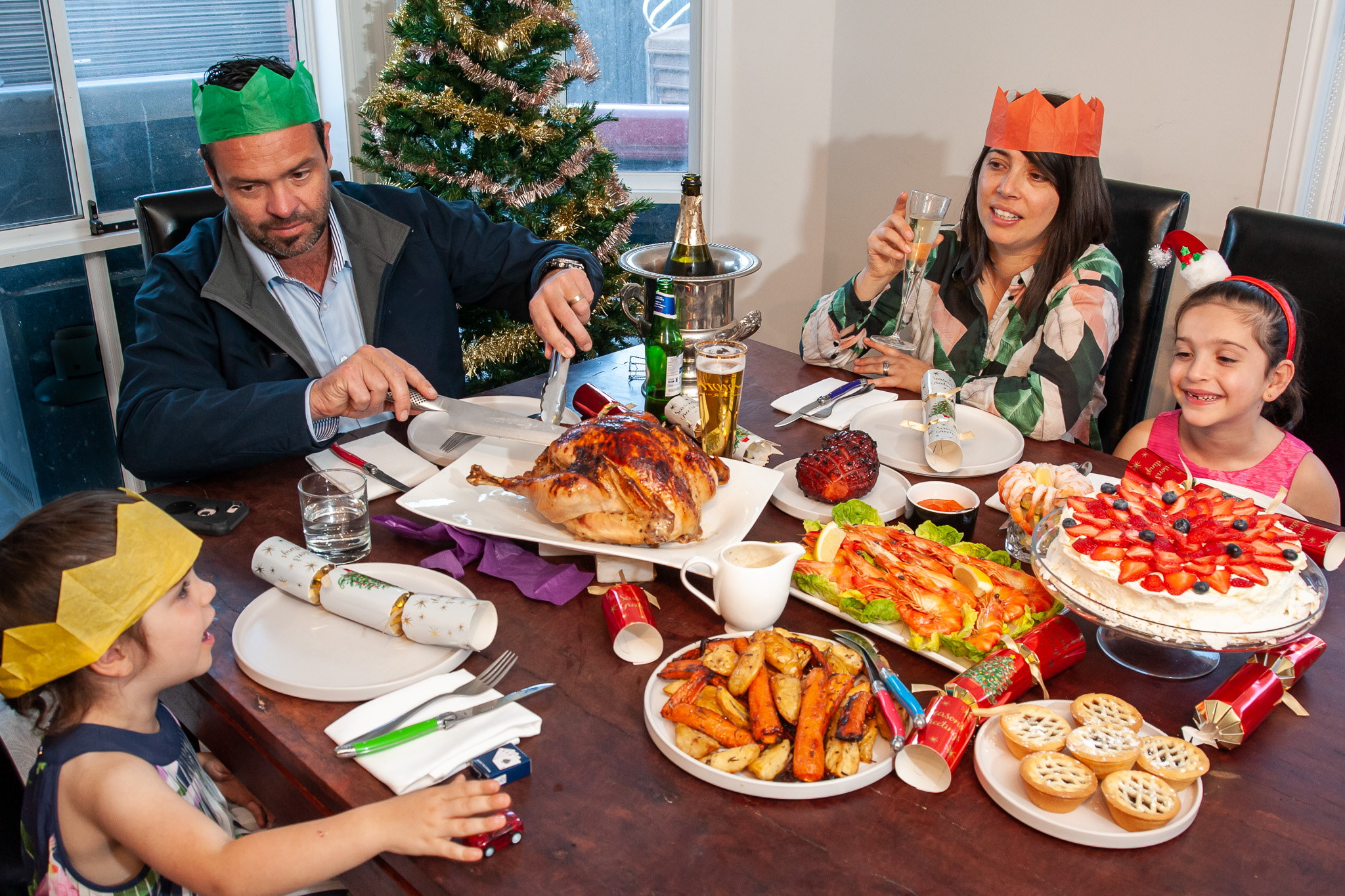
But an Australian Christmas isn’t just about food. It’s also a chance for your mum to get Prosecco-pissed while listening to Paul Kelly’s “How to Make Gravy” and weep into her potatoes. And it’s a chance for your dad to dig out that horrific, flesh splattered “ham sock” that will sit in your fridge until New Years before being buried at the back of the cupboard where it belongs. And it’s a chance to sit, awkwardly sandwiched between your racist grandma and that weird mirthless uncle with the thousand-metre stare. And a chance for everyone to wear too-small paper crowns and take turns reading out the shit jokes they got in their bon-bons, everyone laughing politely and a little too loudly before turning their attention back toward their plates and waiting for such time as is reasonable to get up and leave the table. Because a traditional Australian Christmas lunch is, more than anything else, just a predecessor to the main event: a traditional Australian Christmas nap. – Gavin Butler, APAC Writer
Seoul, South Korea
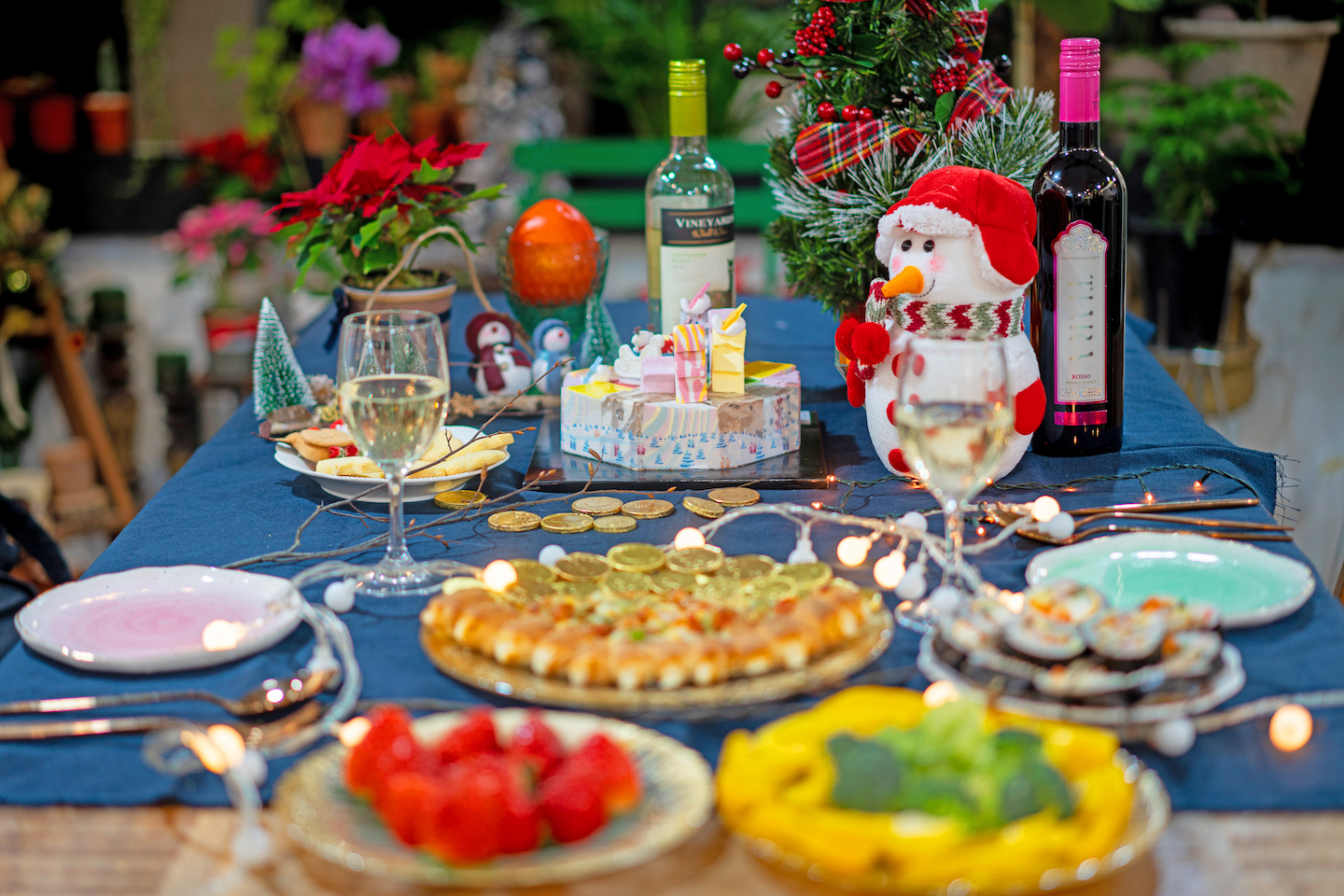
If you ask your South Korean friends what a Christmas feast looks like at home, they’ll probably hesitantly say, “Christmas cake.” Google isn’t that reliable either. The search “Christmas food in Korea” will yield photos of Kimchi and Bulgogi but that’s not quite right. In truth, there is no special rule or tradition regarding Christmas feasts in South Korea. Many Koreans celebrate Christmas with their partners or friends rather than family members. So, the Christmas meal often means eating at restaurants – whatever cuisine they might serve.
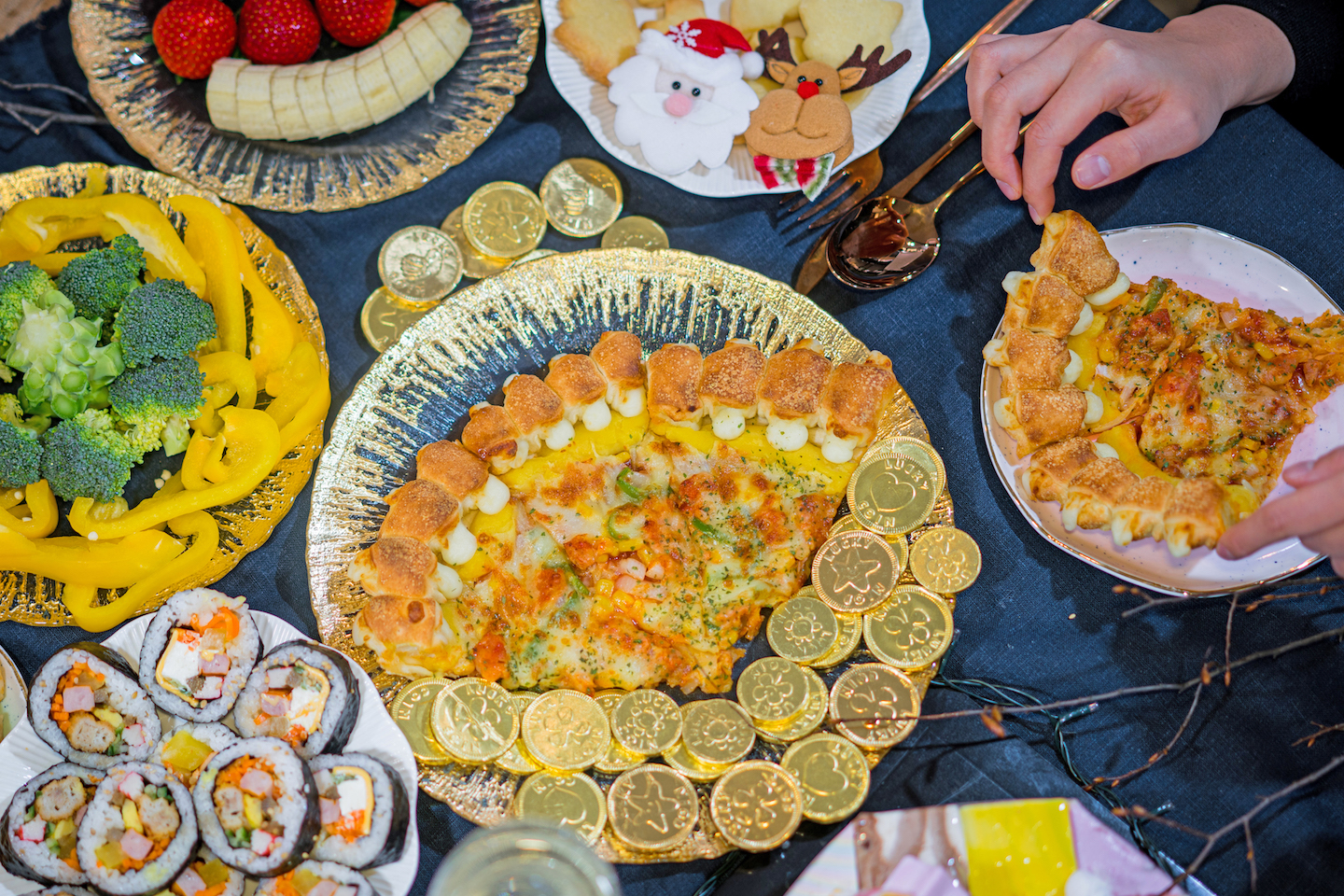
Today, many young people rent party rooms with friends, or couples reserve a table for a romantic date. Love motels are fully booked out by young people and condom sales shoot through the roof, according to 7-Eleven. In South Korea, condoms are sold the most on Christmas Day, followed by Christmas Eve. Singles even go to matchmaking events during the Christmas season.
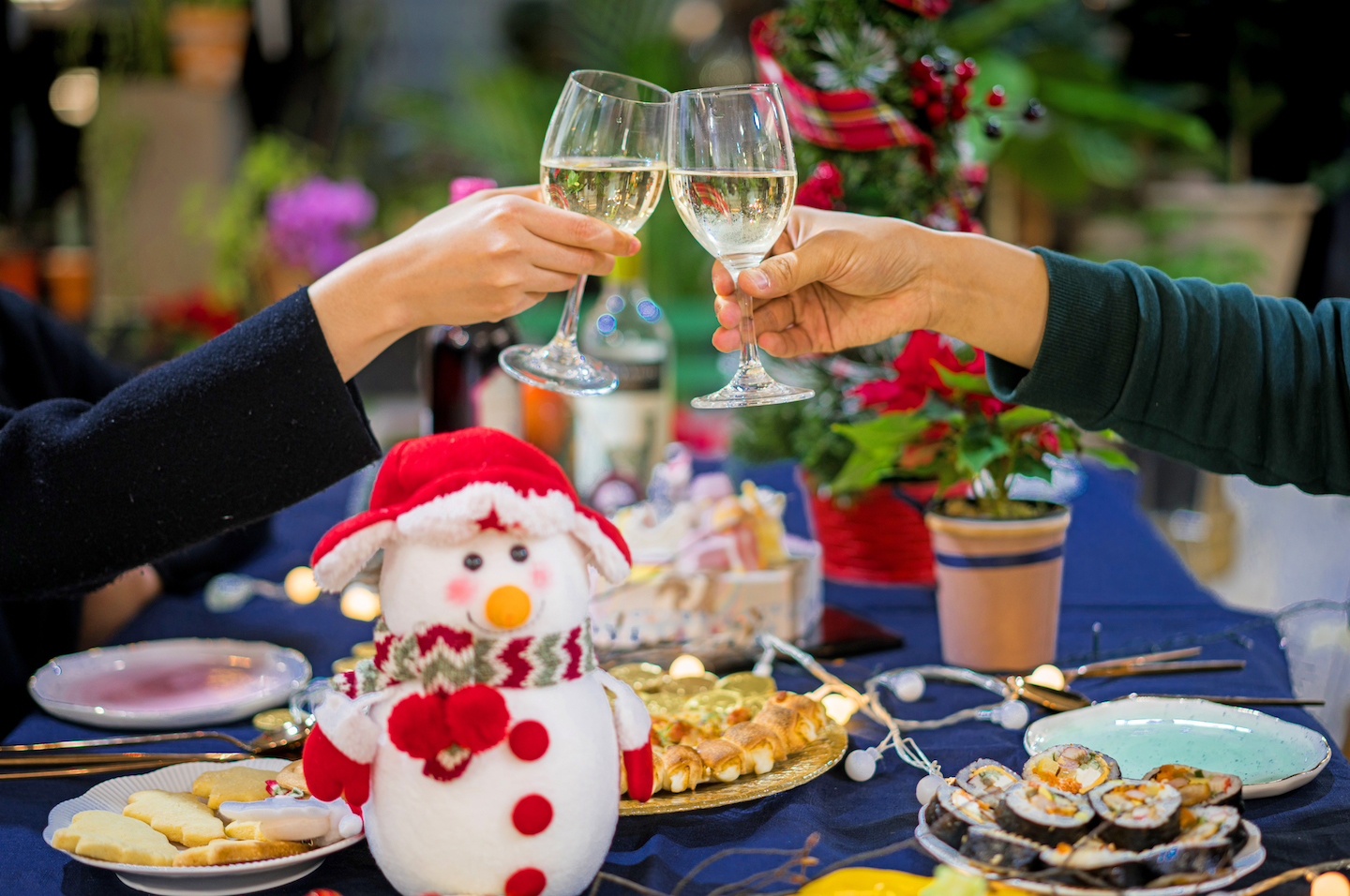
Despite the unique style of celebration of Christmas in South Korea, it’s an official holiday in the country, which is unusual in East Asia – since Christmas isn’t a recognised holiday in China, Japan, and Mongolia. Perhaps it’s because nearly one-third of the Korean population identify as either Protestant (21%) or Catholic (7%), according to the polling agency Gallup Korea. Despite this sizeable population, it remains to be widely considered a romantic holiday rather than a religious holiday. – Junhyup Kwon, Korea Editor
Nagaland, India
Much like every local Christmas feast in the country, a Naga feast stays rooted to its indigenous flavours and ingredients. While it lacks the masalas (mixtures of spices) that are central to most Indian cuisines, it finds its zest and punch in one very Naga ingredient: chillies, lots and lots of it.

Chef Shaiza Livingstone, the founder of Naga kitchen Meiphung in Goa, who cooked this Naga Christmas feast for us, tells us how chilli, especially the local one, makes its way into almost all Naga food. “The main ingredient, in fact, is chilli. And we spend several hours cooking our main dishes in it,” he said. Every Christmas, Naga families put together several kilos of meat (sometimes up to 15!) in black clay pots to slow-cook meat for hours. “Some families also have special platform and mud to place the clay pots on,” he said. First comes ginger and garlic, then the chilli, and then the pork.

Meat is quite essential to most Christmas feasts, and the Naga Christmas meal is no different, taking on a lot of roasting and smoking (the culinary kind, of course) kilos and kilos of meat. “Sometimes over 30-40 kgs, per household,” says Livingstone. To counter the meatiness of the spread are the greens, that also serve as a celebration of the local produce found here. “We have a rich tradition of every house having kitchen gardens, which provides heavily for the feasts with different kinds of vegetables,” says Livingstone. Often taking all of Christmas Day to cook the feast, a Naga spread will see smoked and curry pork, cooked mostly with lots of chilli and bamboo shoot, accompanied by hearty salads and rice beer. All in all, this is a Christmas feast with a difference—fresh, spunky and sustainable. – Pallavi Pundir, India Senior Writer
Check out the rest of VICE Asia’s holiday content here.




